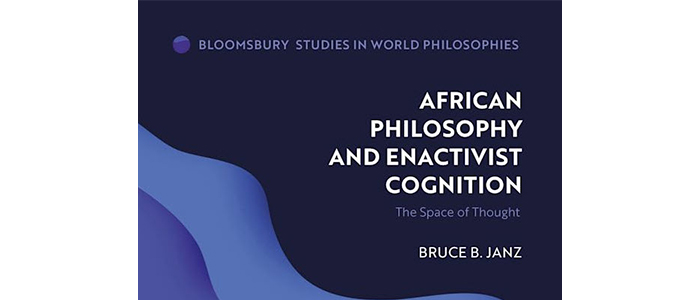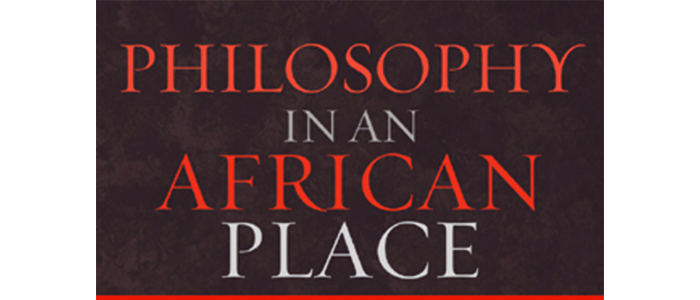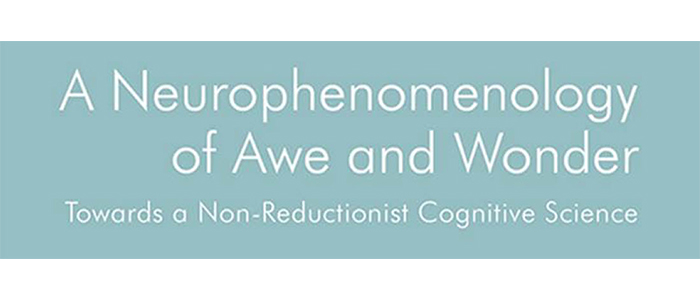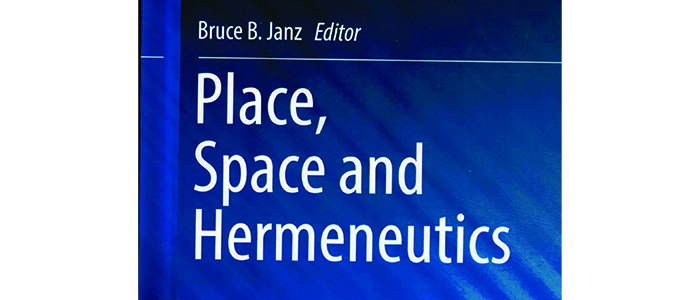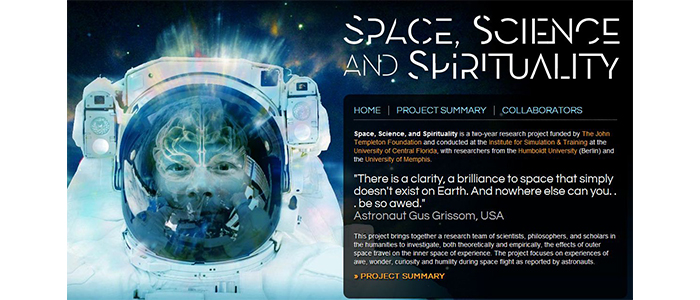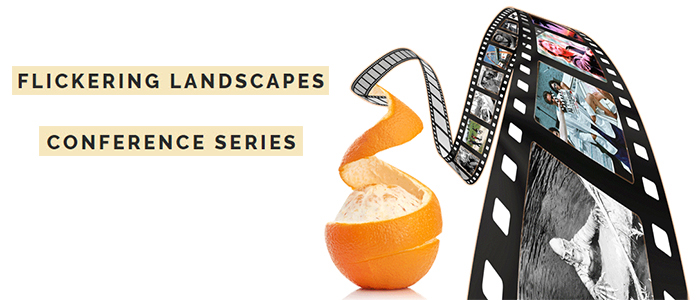At 11:54 EDT this morning we officially hit the summer solstice (winter solstice in the southern hemisphere). I used to wait for the exact minute and imagined that I could feel the earth start to wobble back the other direction. Of course, that’s not how it works, but I figured that, for a moment, everything stopped as we reached the 23.5% tilt and started moving back to equilibrium at the equinox.
I look for things lining up at that moment, the way that Stonehenge lines up for the solstice, the way the Egyptian Pyramids line up from the point of view of the Sphinx, the way the Mayans lined up their buildings. Generally, I don’t find any, living as I do in a built space that has little regard for or awareness of the cycles of the earth. If they do exist, they’re coincidental.
I look to see if the animals try to tell me something at that time. The birds – do they seem agitated? No, of course not. Are the alligators or turtles out for a stroll? do they even look up? No. It’s all in my imagination, the sort of thing that led ancient people to map the meanings of their lives onto the rhythms of nature and the cosmos.
The solstice is the time of the year when we on earth are most different from each other. Life in the far north has the maximum amount of sun, in the far south the minimum. And, at every latitude, things are different. Cultures calibrate themselves to environmental differences, and so I imagine (with at best anecdotal evidence) that this is the time when we can find the greatest difference in cultural practices, moods, and activities.
The equinoxes, on the other hand, are the times of the year when we’re the most alike. The day and night is exactly the same for everyone at the moment of the solstice, no matter where you are. There is, of course, longer or shorter twilight, depending on latitude, but at the equinox it’s 12 hours of each, everywhere. This does not, of course, lead to cultural similarity, though – after all, the point in time isn’t enough by itself. There’s the question of whether it is spring or fall. There’s what came before. And, there’s the inevitable climate lag (this is why the hottest day of the year is not the one when there is the most sun, but later, and similarly for coldest). But for a moment, at the equinoxes, I make believe that we’re the most united, the most alike of any time of the year. Again, I know, complete fabrication on my part, and empirically not supported.
Maybe it is because I grew up on the Canadian prairies, where you learn to be aware of the small variations, the imperceptible changes. There can be big weather, sure, but most of it is gradual, like the land. In Florida where I now live, storm systems can sweep in from any surrounding body of water, and change things dramatically. In places that have greater differences in elevation, you don’t have to go far to have an entirely different ecosystem, and even climactic zone.
But watching solstices feels a bit like watching the prairies. It’s subtle, and you can easily read into it what you will. I’ll be checking things out this morning, in about 2 hours from when I’m writing this, to see whether I can feel the earth start back around, and to see whether we’re all as different as we can be.
Paintings don’t capture solstices very well, but here’s my friend Keith Harder‘s series of 12 paintings of the Alberta landscape. Big skies. Rhythms of things.
